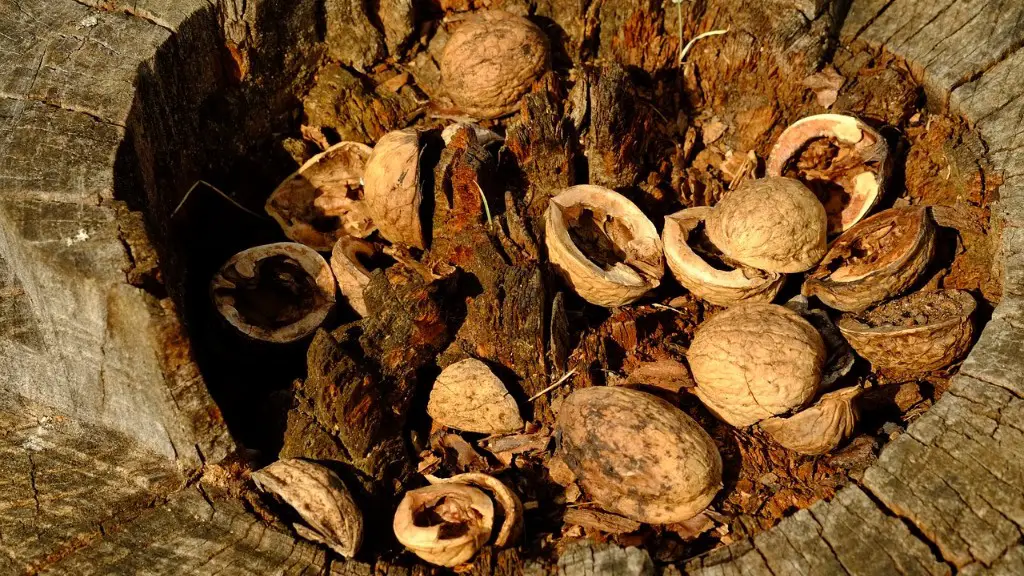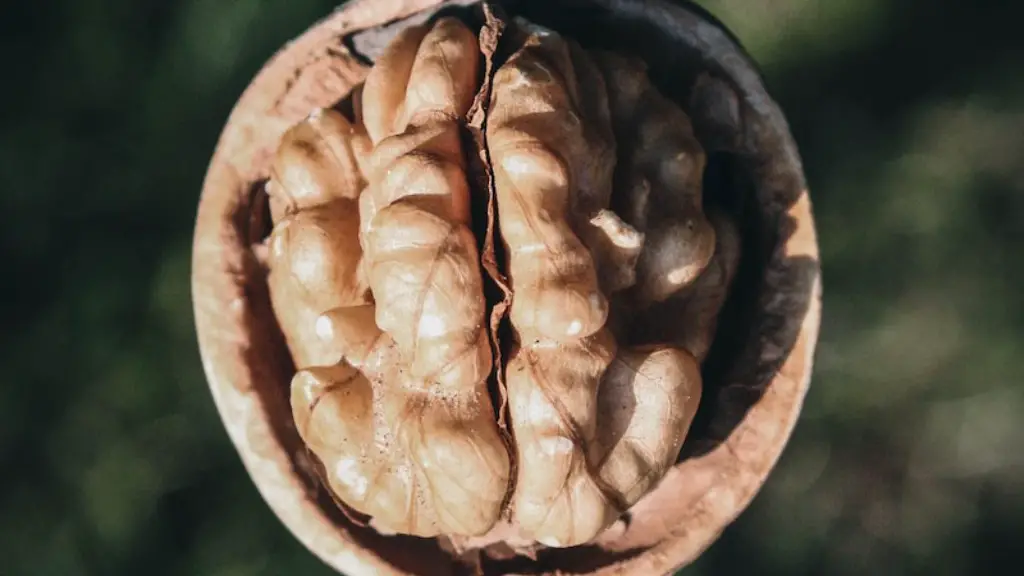Overview
Growing an avocado tree is a rewarding experience. Not only does it provide you with a bounty of fresh avocados to enjoy year-round, but it also adds a lush green tree to your outdoor space. Planting and taking care of an avocado tree involves some effort and requires specialized knowledge, but it can be a satisfying journey for any passionate gardener. There are a few key elements to consider when growing an avocado tree, including soil conditions and fertilization. To get started, most gardeners will need to purchase a starter tree, which is usually a two or three-year-old sapling. After planting, the tree will require continued care, including regular watering and pruning, in order to reach its full potential.
Location
One of the most important elements in growing a successful avocado tree is selecting the right location. This tree needs to be placed in an area that gets plenty of sunlight, preferably at least six to eight hours of direct sunlight a day. While this tree can tolerate partial shade, too much shade can cause lower yields and poor quality fruit. In addition, it is important to select a location where the soil drains well. Make sure to get some soil tests done to make sure the pH level is between 6.5 and 7.5.
Planting
Once the ideal location for your avocado tree is chosen, it’s time to start planting. Whether you are starting from a seed, a sapling, or bare root stock is up to you. Keep in mind that, in some cases, it can take up to five years for an avocado tree from seed to produce fruit. On the other hand, saplings will produce fruit faster, typically within two to three years. Planting an avocado tree is fairly simple: dig a hole twice the size of the root ball and gently place the tree in the prepared hole, covering the top portion of the root ball with soil.
Watering
Watering an avocado tree is an important and ongoing process. The tree should be given about 20-25 gallons of water per week during the summer months, and about 10-15 gallons of water per week in the winter. For established avocado trees, monitor the soil moisture and make sure it stays evenly moist and never dry out. Water slowly and deeply — it is also important to keep the water off the leaves and flowers. In areas with high humidity, be sure to avoid overwatering, because too much water can cause disease, fungal problems, and pest infestations.
Fertilization
Fertilizing an avocado tree is an important step in the growth process. This tree needs a balanced fertilizer — one that is low in nitrogen but high in phosphorus and potassium — to promote flowering and fruit production. Organic fertilizers can include compost, manure, and coffee grounds. However, it’s important to only use organic fertilizers in small amounts — and to always read and follow the instructions. Also, make sure that the fertilizer is appropriate for your avocado tree’s particular fertilizer needs, as this type of tree does have specific fertilization requirements.
Pruning
Pruning is another important factor in growing a successful avocado tree. Pruning helps keep the tree from out-growing its space and helps improve air circulation and light penetration. Pruning should be done in early spring, and the goal is to remove any dead, diseased, and crossing branches. Make sure to use sharp and clean pruning tools, and to sterilize the tools between cuts to avoid spreading disease. When pruning, start by removing any dead wood, then gradually shape the tree.
Harvesting
Harvesting an avocado tree is a very exciting moment for any avocado enthusiast. This tree usually produces fruit in its fourth through sixth year. To harvest the fruit, use a pair of garden shears to cut off the fruit without injuring the tree. Theavocados should come off the tree easily. Once you have harvested the fruit, you may want to store them for later use, or enjoy them fresh.
Pests and Diseases
Despite the proper care and attention, avocado trees can also suffer from pests and diseases. The three most common pests affecting avocados are ants, scale, and mealybugs. These pests can be easily prevented by monitoring the tree regularly and treating the affected area with an appropriate insecticide. Fungal diseases are also a common issue with avocado trees, and can be identified by their dark spots and wilted leaves. There are several fungicides that can be used to control these diseases.
Nutrients
In order for an avocado tree to reach its full potential, it needs the right nutrients. Providing balanced nutrition can be achieved by using compost or fertilizer. Additionally, it is important to monitor the pH level of the soil every few months in order to keep it within the optimal range. Soil supplementation is also necessary, as avocado trees require additional calcium, magnesium, and iron. Finally, make sure to monitor nutrient deficiencies in order to address any issues that arise.
Temperature Control
Temperature control is also essential when it comes to growing an avocado tree. The tree should not be exposed to temperatures below 45 degrees Fahrenheit for extended periods of time; if so, it may suffer from chill damage and will not produce fruit. In addition, it is important to provide adequate protection from cold winds, which can cause frost damage. During the summer months, it is also important to protect the tree from the heat. Positioning the tree in an area of the garden that has good air circulation can help prevent heat stress.
Support System
Avocado trees require a supportive environment in order to reach their full potential and produce a good harvest. This means providing adequate training through staking and pruning, as well as providing additional support as needed. Additionally, growing an avocado tree in a container is beneficial, as this will allow you to easily move the tree to a more suitable location if necessary. Finally, provide the tree with a suitable system of irrigation and drainage, and make sure to regularly monitor the soil moisture levels.
Pollination and Propagation
Pollination is an essential step in harvesting an avocado tree. Avocados are self-pollinating, and bees can help with the process, so be sure to provide access to bees and other pollinators. Additionally, propagation is a great way to create more avocado trees. This can be done by taking a cutting from an existing tree and grafting it onto a new rootstock. Grafted trees are usually ready for harvest in about two years, and can provide you with a larger and more bountiful harvest.
Spraying
Regularly spraying avocado trees with insecticides is essential in keeping pests and diseases at bay. It’s important to use suitable products and follow the instructions carefully; and to never spray an insecticide when the tree is in bloom, as this can reduce yields. Additionally, it’s important to regularly monitor the tree for signs of pests and diseases and to address any issues promptly.
Final Thoughts
Growing an avocado tree can be a rewarding experience for any passionate gardener. This tree has unique and specific needs, and with proper care and knowledge it can produce beautiful fruit for years to come. Planting and caring for an avocado tree can involve some effort, but the process can be fun and educational as well. Lastly, make sure to enjoy the journey, no matter what the outcome.


